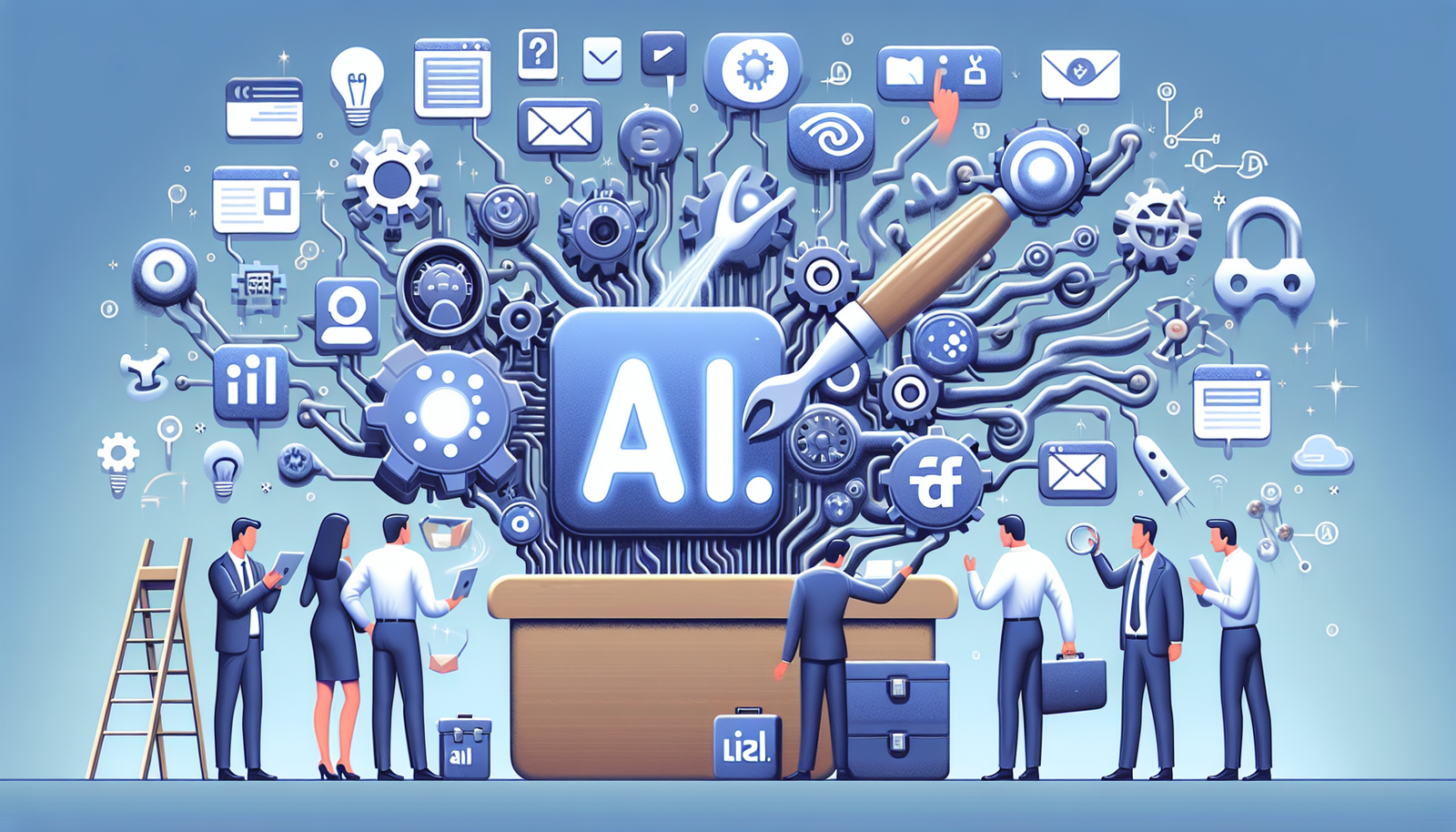Introduction: Why Build a B2B Marketing Automation Funnel with HubSpot in 2025
As B2B buyer journeys become more self-directed and digital, marketing automation is no longer optional—it’s essential. In 2025, platforms like HubSpot enable companies to build full-funnel automation that nurtures leads, scores intent, and accelerates sales. This guide walks you step-by-step through creating a B2B marketing automation funnel in HubSpot, using the latest tools and best practices.
Step 1: Define Your Funnel Stages
Identify TOFU, MOFU, BOFU aligned to buyer journey
The first step is to map your funnel based on the buyer’s journey. TOFU (Top of Funnel) focuses on awareness, MOFU (Middle of Funnel) engages consideration, and BOFU (Bottom of Funnel) drives decision-making. This segmentation ensures your marketing automation aligns with where your prospects are in the cycle.
Use HubSpot lifecycle stages as foundation
HubSpot provides default lifecycle stages like Subscriber, Lead, MQL, SQL, and Customer. Use these to categorize contacts and tailor workflows appropriately. Custom stages can be added for complex sales cycles.
Step 2: Set Up Lead Capture Points
Build conversion-optimized landing pages
Use HubSpot’s landing page builder to design forms that convert. Offer valuable assets—eBooks, templates, or white papers—aligned to funnel stages. Use short form fields at TOFU and longer ones at MOFU/BOFU to qualify better.
Integrate HubSpot forms and live chat
Add HubSpot forms across your site and enable live chat or chatbot flows to turn visitors into contacts. Chatbots can be configured to ask lead-qualifying questions and trigger workflows in real time.
Step 3: Create Segmented Workflows
Use personas and lifecycle stages for segmentation
Segment your contacts using attributes like industry, role, company size, and pain points. This allows for personalized email tracks and nurturing flows. HubSpot’s contact properties and lists make segmentation easy.
Map custom workflows using HubSpot’s visual builder
Leverage the drag-and-drop workflow builder to automate emails, property updates, lead scoring, and internal notifications. For example, when a lead downloads a BOFU asset, you could trigger a rep assignment and a follow-up email within minutes.
Step 4: Leverage Lead Scoring and CRM Data
Customize your lead scoring criteria
Set up point-based scoring based on actions (like email opens or form fills) and traits (like job title or industry). Common BOFU triggers include demo requests or viewing pricing pages. Leads crossing a score threshold can trigger MQL conversions and notifications to sales.
Auto-assign leads based on sales readiness
Using HubSpot’s Deal and Contact properties, you can route high-intent leads to specific reps or pipelines. This improves sales velocity and ensures follow-up happens quickly.
Step 5: Align Content and CTAs to Funnel Stage
Offer education at TOFU, trust at MOFU, urgency at BOFU
Here’s a simple breakdown of content to embed within your automation funnel:
- TOFU: Blog posts, infographics, webinars
- MOFU: Case studies, comparison guides, email sequences
- BOFU: Free trials, demos, pricing consultations
Make sure each content offer includes a contextual Call to Action (CTA) that’s relevant to the stage.
Use dynamic smart content in emails and pages
Personalize email and website content using HubSpot’s Smart Rules. Show different messages to prospects based on persona or funnel position. This approach has been shown to improve email CTRs by over 25%.
Step 6: Monitor, Test, and Optimize
Use HubSpot reports and A/B testing tools
Track key metrics like lead-to-MQL conversion rates, email open/click rates, and workflow completions. Use A/B tests in emails and landing pages to continually refine your approach.
Tweak workflows based on conversion drop-offs
If you notice a drop in conversions between MOFU and BOFU, revisit your nurturing cadence, CTA clarity, or scoring logic. Optimization should be a monthly sprint activity for most B2B teams.
Frequently Asked Questions
How long does it take to set up a B2B automation funnel in HubSpot?
It typically takes 2–4 weeks to plan and implement a mid-sized B2B funnel, depending on content readiness and team resources.
Can I track ROI from my HubSpot marketing funnel?
Yes. HubSpot offers campaign attribution reports and closed-loop revenue analytics that let you tie funnel activity to deals and pipeline.
What types of automation work best for B2B?
Email nurturing, lead scoring, chatbot qualification, and pipeline handoffs are particularly effective for B2B automation using HubSpot.
Focus Keyword: B2B marketing automation funnel HubSpot





